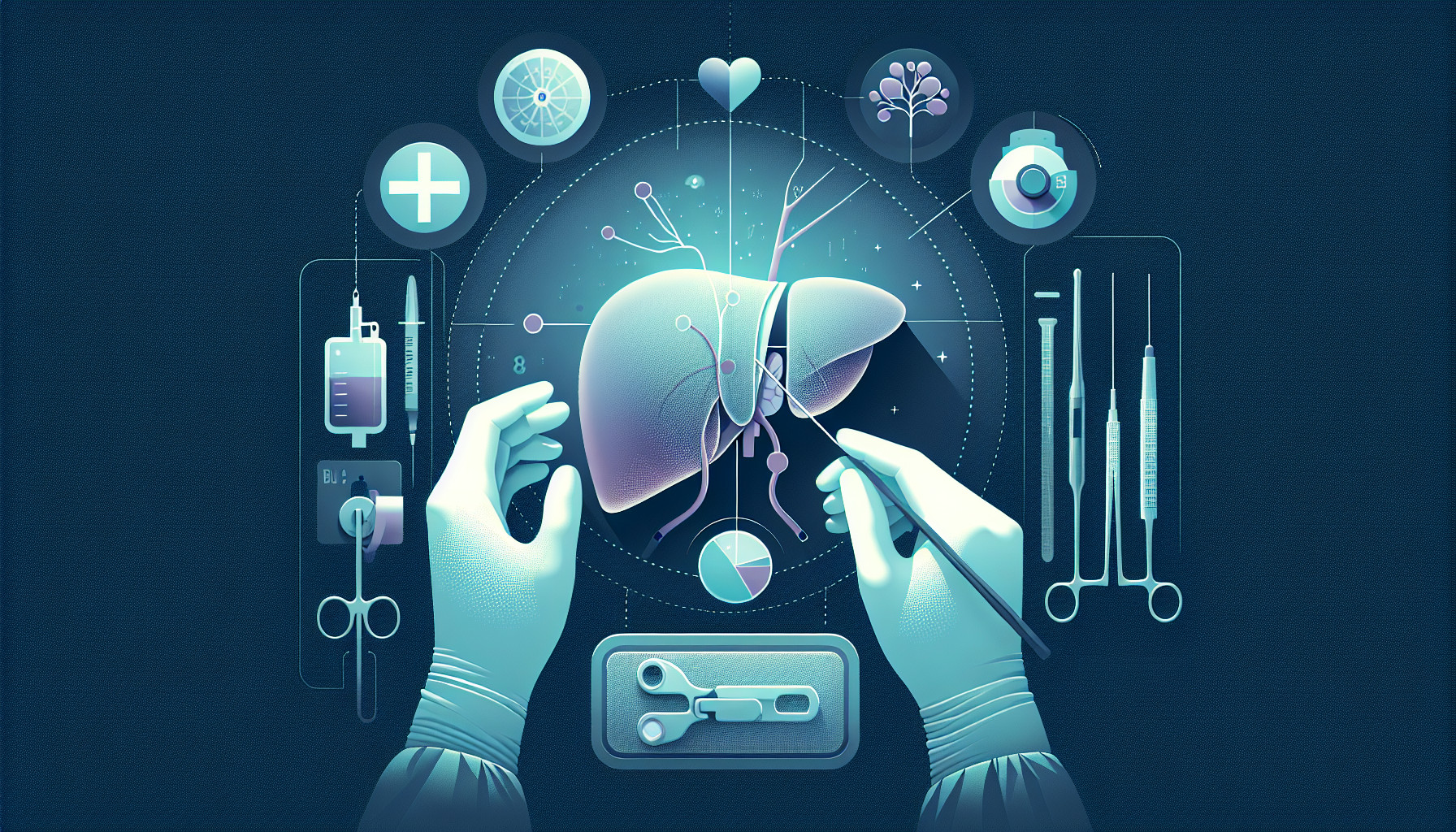Our Summary
This research paper discusses the importance of nutrition in caring for children with liver disease who are waiting for a liver transplant. It covers the principles of feeding for children of all ages, from babies to teenagers, and includes information on the role of different types of nutrients, how these nutrients are distributed, and the use of supplements. It emphasizes the need for a comprehensive nutrition assessment that may include taking a diet history, monitoring growth, and suggesting changes to the diet. The paper also gives advice on how to track progress and put these nutrition strategies into practice.
FAQs
- What is the importance of nutrition for pediatric patients waiting for a liver transplant?
- What are the key focus areas for a nurse during a nutrition assessment for a pediatric patient with liver disease?
- How can nutrition strategies be monitored and implemented for children with liver disease awaiting a transplant?
Doctor’s Tip
One helpful tip a doctor might tell a patient about pediatric liver transplant is to ensure that the child maintains a healthy and balanced diet before and after the transplant. This includes getting enough protein, vitamins, and minerals to support healing and recovery. It is also important to monitor the child’s weight and growth closely to ensure that they are getting the necessary nutrients for optimal health. Additionally, following any dietary restrictions or guidelines provided by the medical team is crucial for the success of the transplant.
Suitable For
Pediatric patients who are recommended for liver transplant typically have end-stage liver disease or liver failure due to various causes such as biliary atresia, metabolic disorders, autoimmune hepatitis, or genetic conditions. These patients may experience symptoms such as jaundice, ascites, fatigue, and poor growth and development.
Nutrition plays a crucial role in the care of pediatric liver transplant patients, as malnutrition and poor growth are common in these patients and can impact transplant outcomes. A comprehensive nutrition assessment is essential to identify any nutritional deficiencies and develop an individualized nutrition plan for each patient. This may include monitoring growth, assessing dietary intake, and providing appropriate nutrition supplementation to support optimal growth and development.
Overall, pediatric liver transplant patients require a multidisciplinary approach to care that includes nutrition support to optimize outcomes both before and after transplant surgery. By addressing the nutritional needs of these patients, healthcare providers can help improve their overall health and quality of life.
Timeline
Before pediatric liver transplant:
- The patient is diagnosed with liver disease and undergoes various tests and evaluations to assess the severity of the condition.
- The patient may experience symptoms such as jaundice, abdominal pain, nausea, and fatigue.
- The patient may be placed on a special diet or restrictions to manage symptoms and slow down the progression of the disease.
- The patient may be prescribed medications to help manage symptoms and improve liver function.
- The patient is placed on a waiting list for a liver transplant, which can vary in length depending on organ availability.
After pediatric liver transplant:
- The patient undergoes surgery to receive a new liver, which may require a stay in the intensive care unit and a period of recovery in the hospital.
- The patient will be closely monitored for signs of rejection and complications post-transplant.
- The patient will need to take immunosuppressant medications to prevent rejection of the new liver.
- The patient will require ongoing medical care and regular follow-up appointments with a transplant team to monitor liver function and overall health.
- The patient may experience improvements in symptoms and overall quality of life following a successful liver transplant.
What to Ask Your Doctor
What is the reason for considering a liver transplant for my child?
What are the potential risks and benefits of a pediatric liver transplant for my child?
How long is the waiting list for pediatric liver transplants and what factors determine the wait time?
What is the success rate for pediatric liver transplants at this hospital or transplant center?
What is the recovery process like for pediatric patients after a liver transplant?
What are the potential complications or side effects of a pediatric liver transplant?
What type of post-transplant care and follow-up will be required for my child?
How will the transplant impact my child’s nutrition and dietary needs?
Are there any specific dietary restrictions or recommendations my child will need to follow post-transplant?
How can I ensure that my child maintains proper nutrition and growth following the liver transplant?
Reference
Authors: Leon CD, Lerret SM. Journal: Gastroenterol Nurs. 2017 Mar/Apr;40(2):109-116. doi: 10.1097/SGA.0000000000000253. PMID: 28362660
